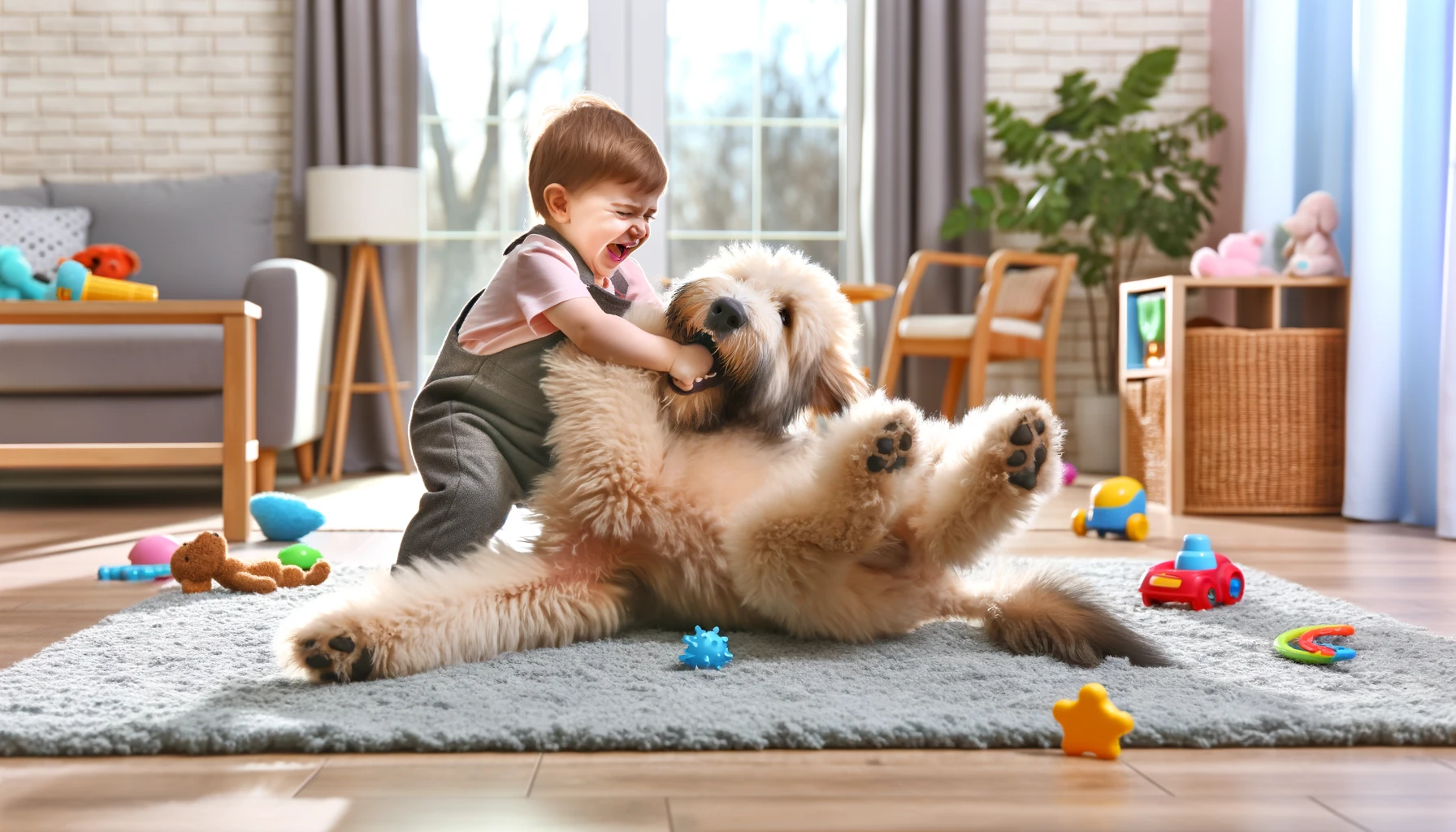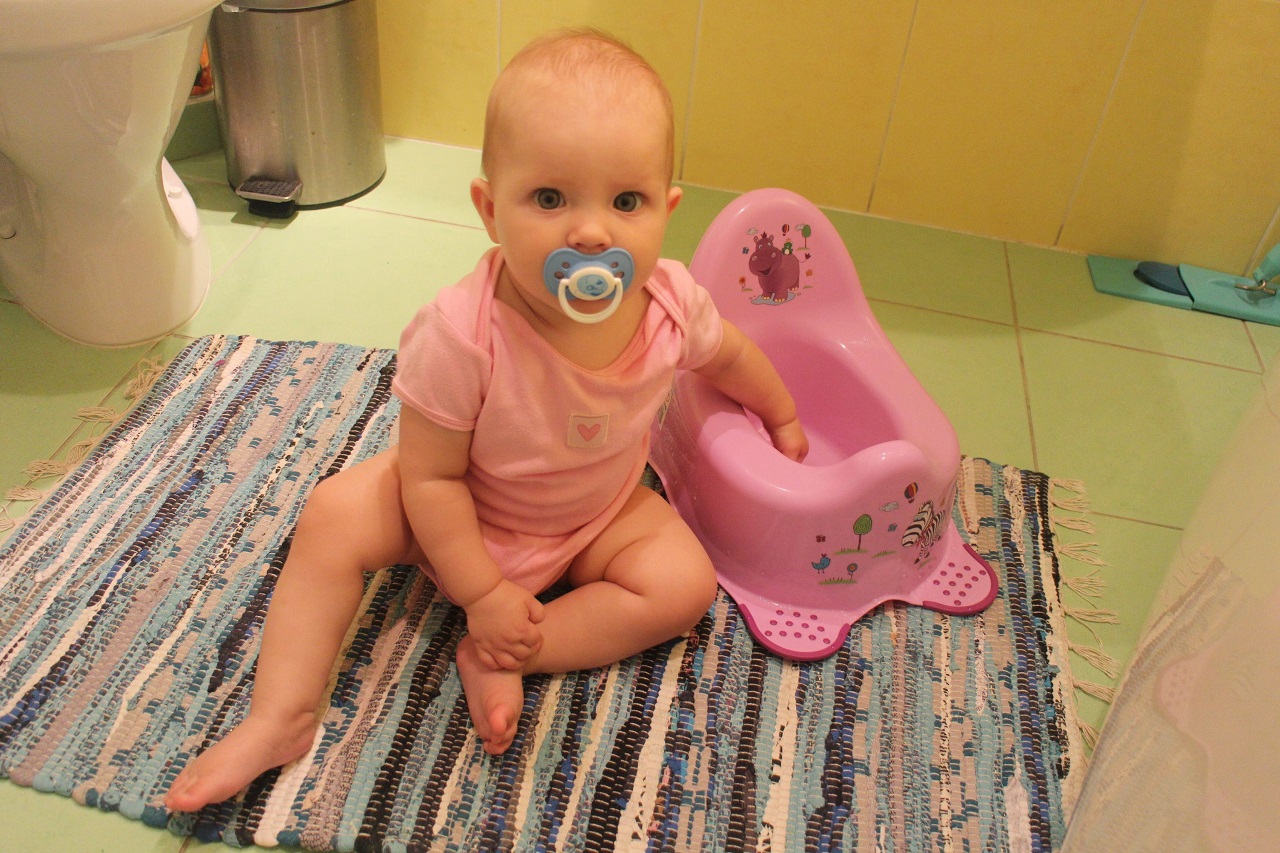Parenthood – the journey where you navigate through a minefield of unpredictable behaviors, including your little angel’s sudden decision that the family pet is their new wrestling buddy. Fear not, dear parents, for I have descended with wisdom to guide you through these hairy (pun intended) situations.
Understanding Your Child’s Aggression Towards Animals
Before we dive headfirst into the solutions pool, let’s take a moment to float in the why’s and how’s of this predicament. Why has your little cherub, who can barely tie their shoelaces, decided that the family pet is their newest wrestling opponent? Understanding the root of this aggression is like trying to find a lost sock in the laundry of parenting – necessary, yet often overlooked.
The Mystery of Aggression: It’s Not Just for Teen Angst
Aggression in children, especially towards animals, is like a red flag on a calm beach – it’s alarming and demands attention. This behavior can be fueled by various factors, each more intriguing than the last:
- Imitation, the Sincerest Form of Flattery: Children are like mini copycats. They mirror behaviors they see around them. If they witness aggression, either in real life or through media (yes, those superhero shows are not just about saving the world), they might think it’s acceptable to mimic this behavior with pets.
- A Cry for Attention: Sometimes, the aggression is not about the poor, unsuspecting cat. It’s a neon sign saying, “Look at me, I exist!” In the complex equation of family dynamics, your child might feel like the pet is hogging all the attention. And what better way to reclaim the spotlight than by turning Fluffy into a living toy?
- Exploration Gone Wild: Kids are natural explorers. They poke, prod, and push boundaries to understand the world. Unfortunately, this exploratory zeal can sometimes be misdirected towards family pets. It’s not malice; it’s misguided curiosity.
- Emotional Turmoil: Just like adults, children can experience a cocktail of emotions they don’t quite understand. Anger, frustration, jealousy – it’s a Pandora’s box of feelings. Sometimes, they might channel these emotions towards animals, simply because they can’t articulate or manage these feelings independently.
- Lack of Empathy: Young children are still developing empathy. They might not yet grasp that animals have feelings and can experience pain. It’s not that they’re tiny villains; they’re just emotionally undercooked.
The Role of Environment and Development
Environment also plays a pivotal role in shaping a child’s behavior towards animals. A household where empathy, kindness, and respect for living beings are emphasized is less likely to witness such aggression. Moreover, developmental stages are crucial. Toddlers and younger children often do not understand the concept of pain in others, while older children might act out due to different emotional or psychological challenges.
Now, let’s march forward, armed with knowledge and a dash of humor, into the battlefield of parenting.
How to Fix It
1: Embrace Your Inner Detective
First things first, let’s play Sherlock Holmes. Why has your kiddo suddenly turned into a mini Tarzan, asserting dominance over the animal kingdom? As I mentioned above, aggression towards animals can stem from various sources – mimicking behavior (no, not from watching National Geographic), seeking attention (because who needs a peaceful house, right?), or simply testing boundaries (they’re basically tiny scientists, after all).
So, grab your magnifying glass and observe. Has your child been exposed to aggressive behavior, perhaps on TV or in video games? Are they feeling neglected, what with your newfound hobby of actually trying to have a moment to yourself? Understanding the root cause is key – it’s like solving a mystery, but without the cool hat.
2: Time for a Chat – The Fun Way
Communication is your secret weapon. But let’s be honest, sitting down for a serious chat with a five-year-old can be as productive as teaching a cat to fetch. So, make it fun. Use story time to introduce characters who love and care for animals. Think of it as subliminal messaging, but the good kind.
Remember, the goal is not to make them feel like they’re in trouble (even though they’ve turned Mr. Whiskers into their personal stress ball). It’s about teaching empathy – like how would they feel if they were chased around by a giant? Not so fun, huh?
3: Set Boundaries Like a Boss
It’s important to establish boundaries. And no, this doesn’t mean a high-tech security system to separate your child from the pets. Simple rules like “We don’t pull tails” or “No wrestling with the dog” should be clear and non-negotiable. Make it sound like the Ten Commandments of the household, but maybe with less fire and brimstone.
4: Lead by Example – Be the Jane Goodall of Your Household
Children are like sponges – they absorb everything, including how you interact with animals. Show them how it’s done. Be gentle and caring with your pets. Let your child see you feed, pet, and care for them. It’s like a live demonstration – but please, no autographs.
5: Positive Reinforcement – Because Bribery Works Wonders
When your child is gentle with animals, celebrate it. Give them praise, a high five, or maybe an extra story at bedtime. Positive reinforcement works wonders. It’s basically training your child, kind of like you would a puppy, but with fewer treats and more words.
6: Get Them Involved – Responsibility Can Be Fun (Sort Of)
Get your child involved in taking care of the pets. Feeding, grooming, and playing with them can help build a bond. It’s like giving them a job, but one they can’t get fired from. Plus, it teaches responsibility, and who knows, maybe they’ll take out the trash without being asked one day (a parent can dream, right?).
7: Creative Play – Let’s Pretend, But Not Too Wild
Kids have an imagination that can make Tolkien look like an amateur. Channel this creativity into role-playing games where they can empathize with animals. How about a day where they pretend to be a cat or a dog? It’s like Halloween, but without the sugar rush. They’ll learn how it feels to be on the receiving end of a giant’s attention, and hey, it might be a quiet day for you if they take the ‘cat nap’ part seriously.
8: Learning Time – Because Knowledge is Power
Let’s turn learning into an adventure. Books, documentaries, and even visits to the zoo or a farm can be both educational and fun. They can learn about animal behavior, why the tortoise doesn’t like to be poked, and why the dog really isn’t a fan of being used as a horse. Think of it as a school, but with more fur and feathers and less math.
9: Recognize the Triggers – Avoiding the Boiling Point
Kids, much like volcanoes, have triggers before an eruption. Identify what sets off your child’s aggressive behavior. Is it boredom, jealousy, or just a bad day? Once you know the triggers, you can create a diversion faster than a superhero. Maybe it’s a quick game or a favorite toy, something to defuse the situation before the family pet becomes a target.
10: Professional Help – Because Sometimes, You Need a Yoda
There’s no shame in seeking help. If your child’s behavior is persistent and concerning, it might be time to consult a professional – like a child psychologist. Think of them as Yoda, wise and experienced in the ways of child behavior. They can offer guidance, support, and strategies to help your child develop healthier ways to express their feelings. Plus, they’re less likely to make you do handstands in a swamp.
Final Thoughts: The Journey of a Thousand Miles Begins with a Single Step (Or Paw)
Dealing with your child’s aggression towards animals can be challenging, but remember, it’s a journey. With patience, understanding, and a bit of humor, you can guide your child towards a more empathetic and caring attitude towards our furry, feathered, or scaly friends. And who knows, through this journey, your little one might just teach you a thing or two about life, love, and the eternal quest for the perfect pet.
Armed with these steps, may you navigate the tumultuous seas of parenthood with the skill of a seasoned captain. Godspeed, and may your pets live in a state of blissful tranquility (or at least, less chaos).
Pro Tips: The Extra Nuggets of Wisdom for Navigating Child-Pet Dynamics
- Establish a Pet Sanctuary
Create a pet zone in your house. This is a safe space for your pet to retreat to when they need a break from your mini human tornado. It’s like a VIP lounge for your furry friend, minus the cocktails and jazz music.
- Supervise, Supervise, Supervise
Never underestimate the power of supervision. Keeping an eye on interactions between your child and the pet is crucial. It’s not about helicopter parenting; it’s more like drone parenting – less intrusive but always watchful.
- Teach Gentle Touch
Implement the “gentle touch” rule. Show your child how to pet animals softly. Practice on stuffed animals first – it’s like a rehearsal for a Broadway show, but with more fur and less drama.
- Routine is Your Friend
Children thrive on routine, and so do pets. Establish a regular schedule for pet care activities that your child can participate in. It’s like setting a rhythm for your household symphony – occasionally off-key but mostly harmonious.
- Animal Emotions 101
Educate your child about animal emotions. Explain that animals feel pain, fear, and happiness just like we do. It’s like a lesson in empathy, but with more tail wagging and purring.
- Model the Behavior You Want to See
Be a role model of kindness and respect towards animals. Your actions speak louder than words. It’s like being a superhero, but your superpower is compassion.
- Encourage Responsibility
As your child grows, encourage them to take on more responsibilities with pet care. It’s like training for life, where the pet is their first “project.”
- Monitor Media Exposure
Keep an eye on what your child watches on TV or online. Violent or aggressive behavior towards animals in media can influence young minds. It’s like being a gatekeeper, but for screen time.
- Recognize Good Behavior
Acknowledge and praise your child when they treat the pet kindly. Positive reinforcement is a powerful tool. It’s like giving a high five, but it builds character.
- Family Involvement
Involve the entire family in pet care and setting rules. It’s a team effort, like a sports team, but everyone wins when the pet is happy and safe.
Frequently Asked Questions
It’s never too early to start! Even toddlers can begin to learn the basics of gentle touch and respect for animals. As soon as your child starts showing interest in the family pet, it’s a great time to start teaching.
Use simple terms and comparisons. Explain that just like your child feels happy when they’re hugged or sad when they’re hurt, animals have similar feelings. Relating it to their experiences can help them understand.
Respect their fear and don’t force interactions. Gradually introduce them to animals through books or videos. Over time, encourage supervised, gentle interactions with calm and friendly animals.
Establish and maintain routines that cater to both. Ensure your pet has a safe space and that your child has time and activities where they feel valued. It’s all about creating a harmonious balance.
Only get a pet if you’re ready for the long-term commitment it entails. A pet can indeed teach responsibility and empathy, but it should not be the sole reason for bringing an animal into your home.
This could be due to unfamiliarity or fear. Teach your child that all animals, not just pets, deserve respect. Encourage positive, calm interactions with animals outside in a controlled environment.
Supervise interactions, teach your child how to approach and handle animals safely, and educate them about signs of animal distress or aggression. It’s about creating a safe environment for both the child and the animal.
Consider seeking advice from a child psychologist or counselor. Persistent aggression might be a sign of underlying issues that need professional attention.
Involve them in daily care routines, and use these moments to educate them about the importance of animal welfare. Books, documentaries, and visits to animal shelters can also provide valuable learning opportunities.
Absolutely! Pets can aid in emotional and social development, teaching children about empathy, responsibility, and unconditional love. The bond between a child and a pet can be a powerful tool for learning and growth.



